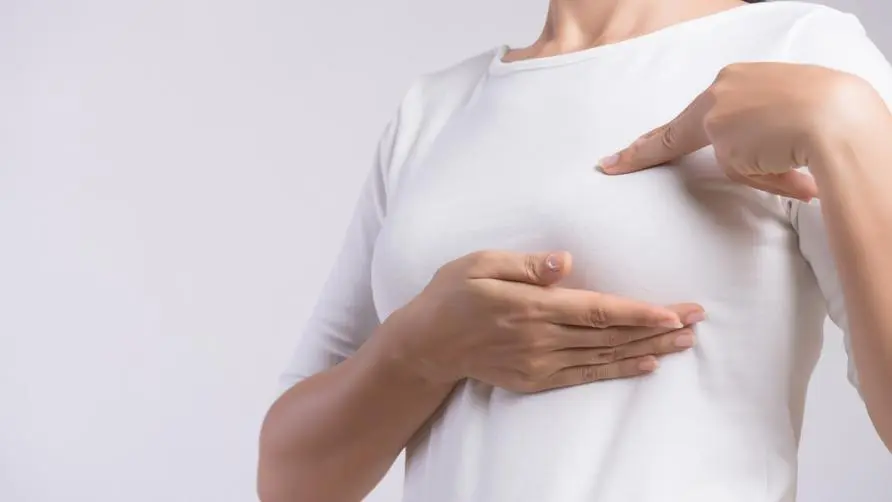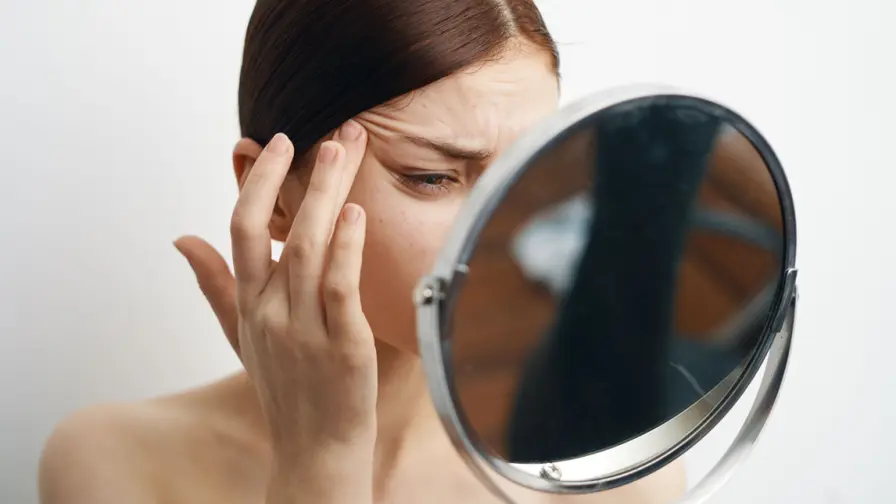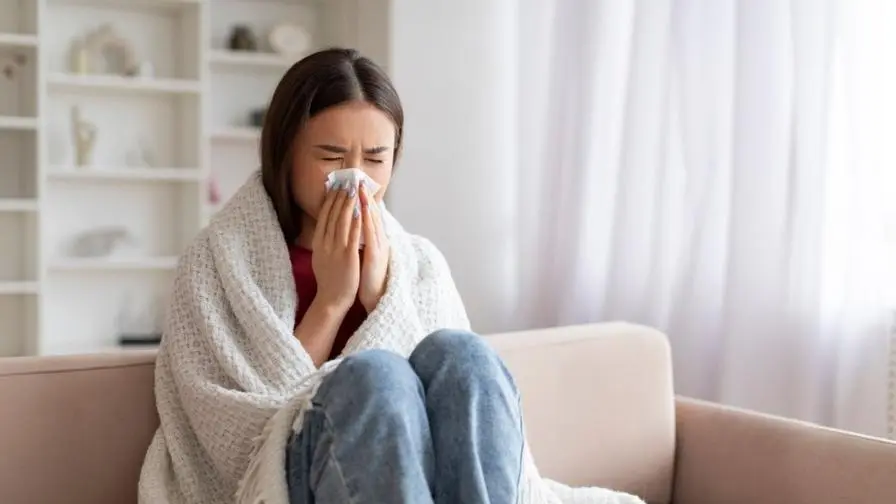Is he so handsome? American study reveals: "Good looks affect body immunity"

Does good looks affect your health? Is the immune function better than that of ordinary people?
Living in a social age, is “good looks” related to physical health? In the past, some scientists believed that people with more outstanding looks may have healthier bodies, but there was no clear research to prove the connection between the two. A recent study from Texas Christian University in the United States claimed that highly attractive people not only have beautiful faces, but also have stronger immune functions than ordinary people.
A research team from Texas Christian University recruited 159 subjects aged 17-30 and examined their daily habits through demographic and lifestyle questionnaires. Among them, those with a BMI over 30, patients with mental illness, patients with chronic diseases and other people with potential risks of abnormal immune function were excluded. The results showed that certain physical features appeared to be more protective against bacterial infections and more attractive to other individuals.
Are highly attractive people better able to fight viruses? Experimental results show differences between men and women
During the experiment, the subjects were asked to maintain an “emotionless” facial expression and remove all makeup before being rated for facial attractiveness. In addition, the subjects also received blood sampling to test the activity of peripheral blood mononuclear cells (PBMC) and natural killer cells (NK Cells), as well as the growth status of Staphylococcus aureus in the blood, as a standard for evaluating the subject’s immune ability. .
The results of the study claimed that subjects whose appearance was considered more attractive had a higher immune system’s “phagocytosis” of E. coli and a lower chance of being infected by microorganisms. In addition, “highly attractive men” in the eyes of female subjects have stronger natural killer cell functions in their bodies, which means that their immune systems are better able to fight against viral threats and tumor growth.
On the contrary, women with healthy natural killer cell function are not easy to attract the attention of male subjects. “Highly attractive women” defined by male subjects had reduced killer cell function and slower growth of Staphylococcus aureus in the blood. The research team believes that the reduced activity of killer cells may be related to higher estrogen in women; women with high estrogen are generally considered more feminine and attractive.
Experts on attractiveness regardless of ethnic groups and sexual orientation: meet “6 conditions” and have explosive charm
Study author Summer Mengelkoch said that the subjects’ definition of “attractiveness” was mostly a highly symmetrical face, thick eyebrows, larger pupils, a small nose, full lips and narrow cheeks. Past studies have also proven that highly attractive people are often seen as better reproductive candidates and can produce excellent offspring.
“We found that people who are better able to fight off the threat of bacterial infection are generally very attractive!” Mengelkoch said, even if conditions such as sexual orientation (such as heterosexual vs. homosexual) and race (such as European, Asian or African American) are combined Inclusion in the study still does not affect the final results. In other words, people of all sexual orientations rated people’s attractiveness the same.
Mengelkoch added, however, that scientists don’t entirely agree on what “attraction” is. The psychological mechanism of attraction is also relatively complex. Even though facial appearance determines part of the attractiveness conditions, an individual’s figure, personality, and character are also important factors in building personal charm.
“It cannot be said categorically that groups with higher attractiveness will have better physical functions. Future research needs to include intrinsic charm or other factors,” Mengelkoch said.
source:
Individuals considered physically attractive may boast stronger immune systems
Further reading:





